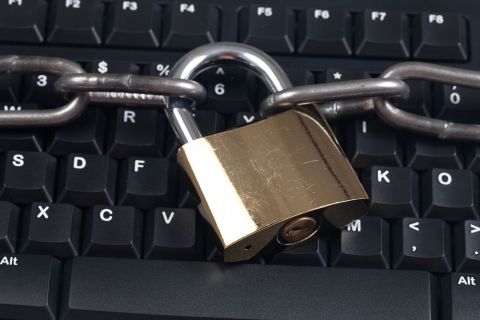How to secure your Wi-Fi Network
To build a wireless network, you will need an Internet access point and a wireless router. The router receives the Internet data, and then emits the signal into the air. This way, the devices that are within the router’s range can access the Internet themselves.
Nevertheless, as the signal travels through the air, it can be easily accessed by unauthorized devices. This explains why routers need to implement high levels of security. In other words, the signal needs to be encrypted, with the goal of allowing only the known, authorized devices to access it.
It is common for neighbors and even hackers to use Wi-Fi networks without permission. The direct consequence is that the Internet speed minimizes when there is heavy traffic on the network. Of course, if the unauthorized person commits a crime, sends spam emails, and so on, his or her activity would be seen as being done by you, or another family member that is using your network. This is just one of the very serious reasons why you should consider securing your Wi-Fi network.
There are three standards that can be used to encrypt Wi-Fi data: WEP, WPA and WPA2. The WEP protocol was invented several years ago, but it was very weak and it can be easily decrypted, so it isn’t used nowadays. WPA is secure enough for most people’s needs, especially if people use strong passwords. WPA2 is even better, being the recommended encryption protocol for companies of all sized.
Still, just using a strong encryption protocol isn’t enough. Your network can be quickly penetrated if you (or somebody else) uses a weak password like “1234” or “laptop”. The best passwords have at least 15 characters and use a combination of letters, numbers and symbols like this: Ly423@#1Sfdsda!#[&)
It’s always a good practice to limit the access to the network to a known number of devices/people. Researchers at Data Alliance tell us that routers need to be secured as well.
“Change their default name to one of their competitors’ names, for example – this will give the hackers a hard time”, states Mr. George Hardesty, CEO at Data Alliance. “Be sure to change the default password as soon as you power the router for the first time; hackers use lists of default router passwords for successful brute force attacks”.
Some routers have remote management features; make sure to turn them off. These features can only be useful if the manufacturer assists you, provides technical support for a router problem.
As soon as the router is set up, log in as an administrator, and then check to see if the router firmware can be updated or not. Often times, these firmware updates can increase the Wi-Fi speed and improve security.
A network may become more secure if its ranged is reduced. Some routers allow you to set the Wi-Fi signal strength. Move the router closer to the devices that need a strong Internet signal, and then diminish its power. This way, people that want to use your network will have a hard time accessing it.


